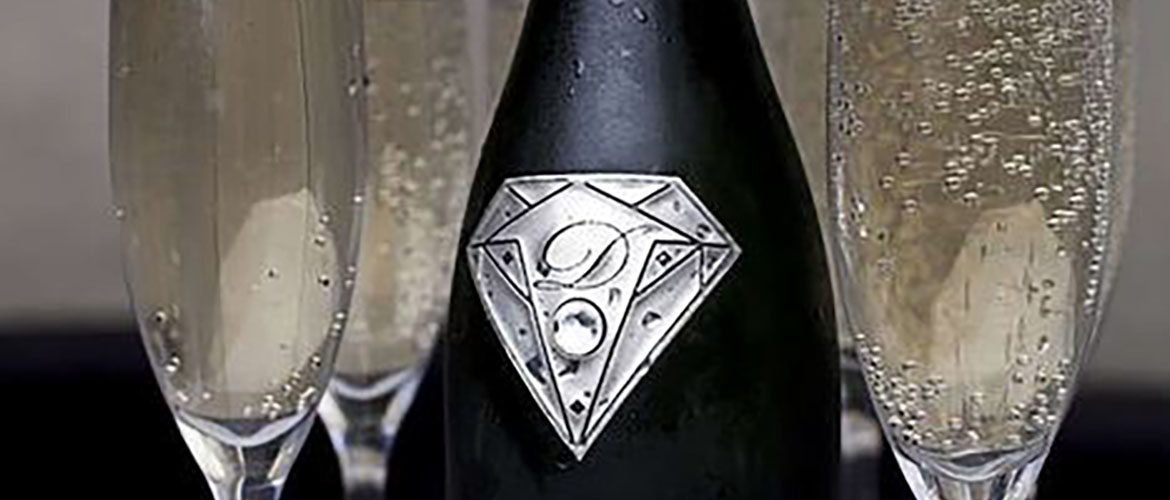How to Tell an Authentic Expensive Wine

In today’s luxury market, there are so many things that are knockoffs that it can become difficult to distinguish an authentic expensive wine from a cheap fake. When it comes to items such as jewelry, bags, and clothing, you can usually tell the genuine items from the fakes with a little practice and a bit of research. However, what if the item in question is a beverage?
It may come as a surprise to many people that wines are counterfeited, and that it is a serious problem for many wine collectors and enthusiasts. It is actually such a serious problem that, earlier this year, a wine-seller based in California was sentenced to 10 years in jail, as well as a $28 million fine for selling cheap wines as rare, vintage wines.
While there is no sure-fire way to confirm a wine’s authenticity, as well as distinguish a thousand-dollar bottle wine from a bottle of cheap plonk, there are some signs that you may want to keep in mind when buying vintage wines.
-
The Age
The age of the wine is basically what will make it more expensive; in general, the older the wine, the more expensive it is. For red wines, Bordeaux and Burgundy are the most commonly counterfeited. Make sure that you do your research, and find the most expensive years that produced rare vintages. If you find a bottle of “rare” Bordeaux or Burgundy from 1945, 1961, 1982, or 1989, make sure to double check if the bottle is authentic.
-
The Label
For older vintages, you will most probably find signs of wear on the label, unless the bottle was meticulously stored through the years (which will make the bottle even more expensive), or it is fake. You should also see some signs of dried glue on the edges of the label, which is how the label used to be placed on the bottle. Older labels usually have writing that is hand-printed as well.
-
The Seller
Always research on the history and reliability of any seller before purchasing an expensive bottle of wine. If the seller has a shady or sparse history of selling their wine, but suddenly is able to get their hands on a very rare and expensive wine, make sure to take everything that they say with a grain of salt.
-
The Cost
Yes, this is most probably the most glaring discrepancy when it comes to selling authentic, rare vintages. If you find a rare vintage for a very cheap price, it’s probably too good to be true. No one is that lucky. However, there are still some unscrupulous wine sellers who would try and sell a cheap bottle as an expensive wine. Do your research, as there are many reputable sources for wine prices online. First, see whether or not the bottle for sale falls in the acceptable range for the prices of that wine. If it does, make sure that the other signs of authenticity is there, such as rarity and availability of the bottle, the label, the size of the bottle, and lastly, the trustworthiness of the seller.

